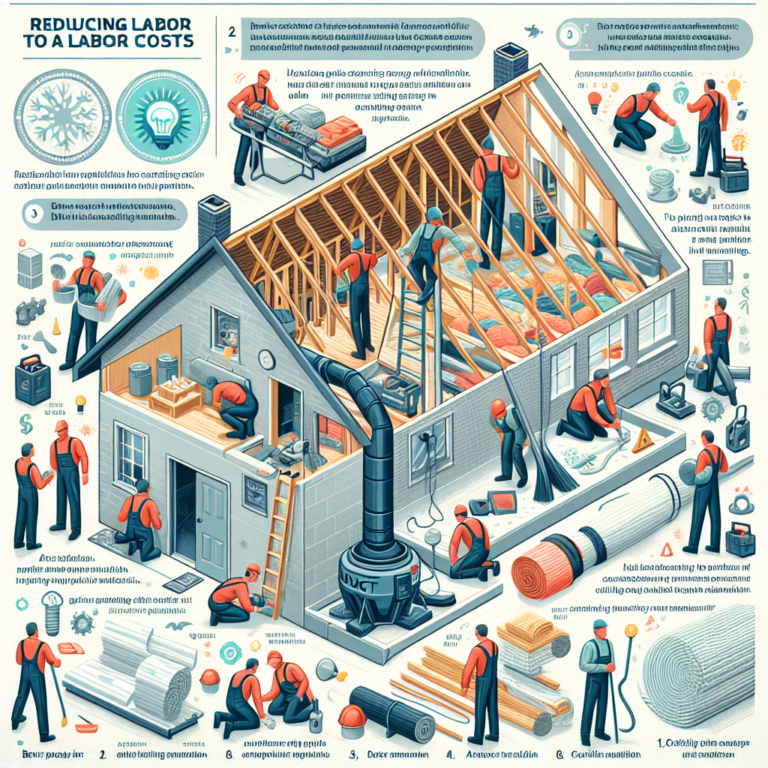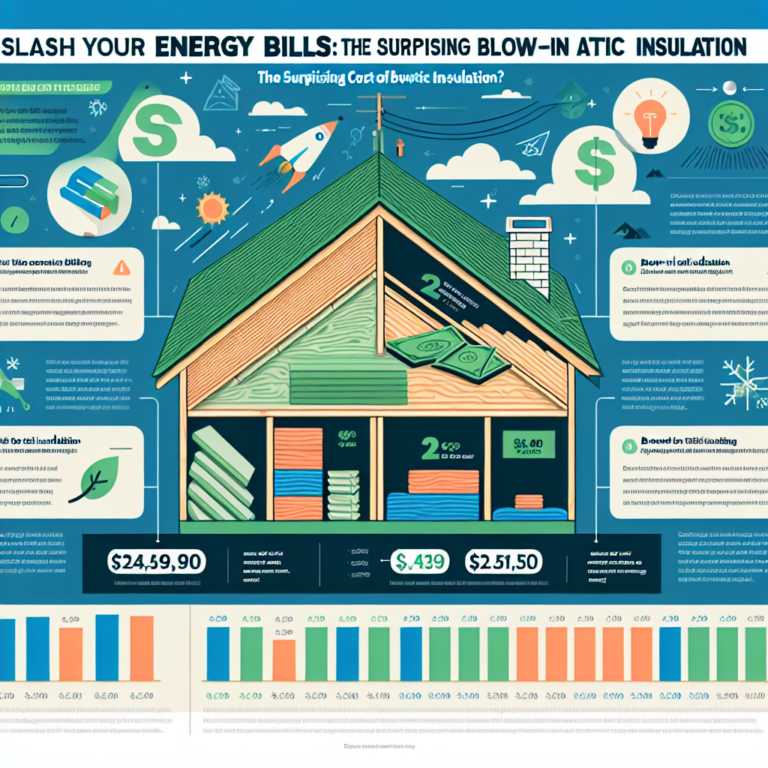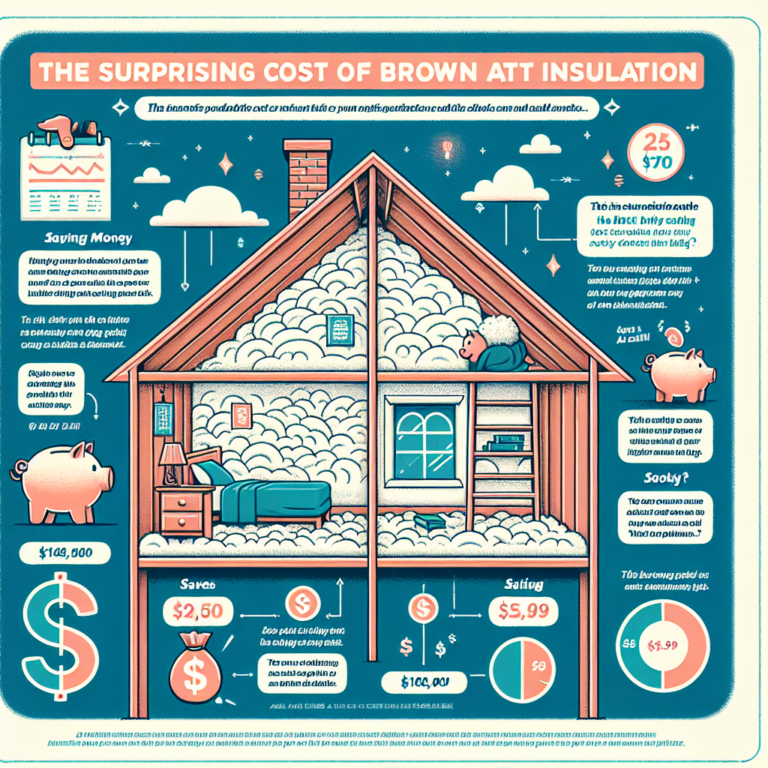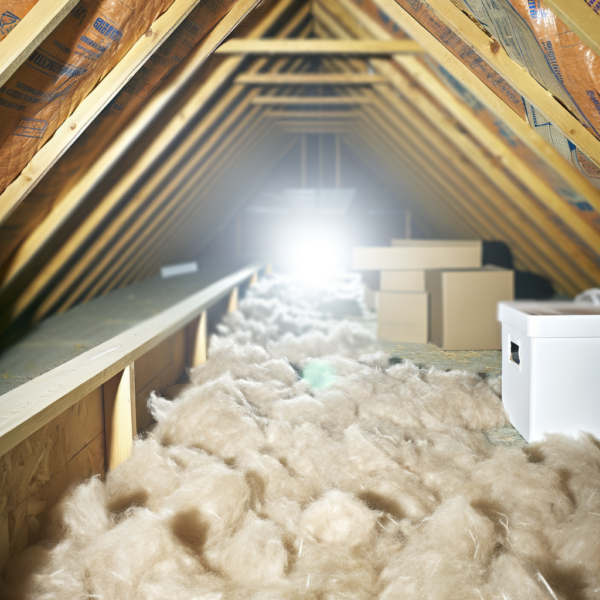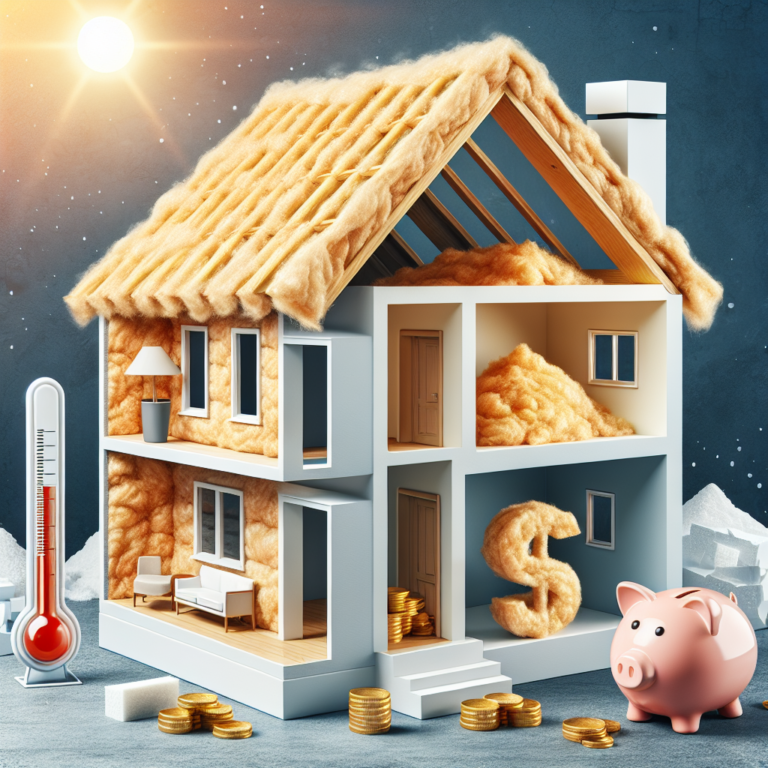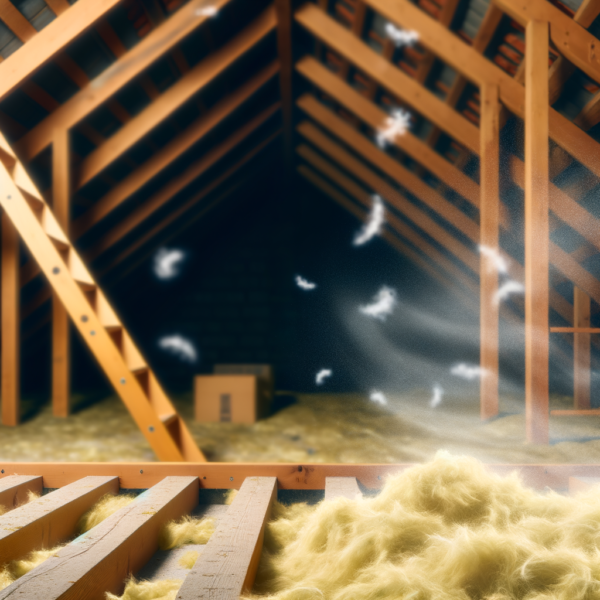H2: Introduction to Blown Insulation Over Batts
Old houses charm us with character, but they often come with drafts, uneven temperatures, and high energy bills. One of the smartest upgrades for revitalizing an aging home is blown insulation over batts. By adding loose-fill insulation atop existing blanket insulation, you can seal gaps, boost R-values, and transform a chilly attic or noisy wall into a cozy, energy-efficient space. In this article, we’ll explore why blown insulation over batts is the perfect solution for drafty old homes and how to install it correctly for maximum comfort and savings.
H2: Why Choose Blown Insulation Over Batts for Your Old House?
1. Complete Coverage
• Batts cut to fit between wall studs often leave voids and air channels.
• Blown insulation over batts fills every nook and cranny, eliminating hidden drafts.
2. Improved R-Value and Energy Savings
• Loose-fill materials like cellulose or fiberglass deliver higher R-values per inch.
• Adding blown insulation over batts can raise overall R-value to recommended levels, reducing heating and cooling costs by up to 30%.
3. Sound Dampening
• Old walls transmit street noise and footsteps more easily.
• The dense, irregular structure of blown insulation over batts absorbs sound, creating quieter interiors.
4. Eco-Friendly Option
• Many loose-fill products are made from recycled paper or glass.
• Blown insulation over batts minimizes landfill waste and lowers your home’s carbon footprint.
5. Long-Term Cost-Effectiveness
• Although initial installation of blown insulation over batts may cost more than fresh batts alone, the one-time upgrade pays back through reduced utility bills and less frequent maintenance.
H2: How to Install Blown Insulation Over Batts in an Older Home
1. Inspect Existing Batts
• Remove any damp, moldy, or compressed sections.
• Check for hazardous materials such as asbestos; hire a professional if needed.
2. Seal Air Leaks and Address Moisture
• Caulk or foam gaps around windows, doors, plumbing penetrations, and wiring.
• Repair roof leaks and improve attic ventilation to prevent moisture buildup.
3. Choose the Right Barrier
• Install perforated netting or mesh over batt insulation to hold loose-fill in place.
• Alternatively, use rigid foam board as a physical barrier in wall cavities.
4. Select Your Loose-Fill Material
• Cellulose: made from recycled paper, treated for fire resistance, excellent at filling gaps.
• Fiberglass: inert glass fibers, moisture-resistant, non-corrosive to wiring.
• Mineral wool: high fire resistance, soundproofing, slightly higher cost.
5. Determine Proper Depth
• Refer to local building codes for recommended R-values (e.g., R-49 for attics in colder zones).
• Use a depth gauge to measure and achieve uniform coverage across the space.
6. Professional vs. DIY Installation
• Hiring a certified installer ensures precise machine calibration, even distribution, and safety compliance.
• DIY kits are available, but require careful planning, proper equipment, and personal protective gear.
H2: Maximizing Energy Efficiency with Blown Insulation Over Batts
• Air Sealing First: Before layering blown insulation over batts, air sealing is crucial. Up to 40% of heating and cooling energy can be lost through air leaks.
• Insulation Continuity: Ensure that blown insulation over batts forms an unbroken thermal barrier—no cold spots where batts meet rafters or joists.
• Ventilation Balance: In attics, maintain a clear channel for soffit-to-ridge airflow to prevent moisture issues while still insulating the attic floor.
• Seasonal Comfort: Properly installed blown insulation over batts keeps winter heat in and summer heat out, resulting in more consistent indoor temperatures year-round.
• Return on Investment: With energy savings often covering the upgrade cost in as little as three to five years, blown insulation over batts delivers both immediate comfort and long-term financial benefits.
H2: Blown Insulation Over Batts FAQ
Q: What is blown insulation over batts?
A: It’s the process of adding loose-fill insulation—cellulose, fiberglass, or mineral wool—on top of existing batt insulation to improve coverage, R-value, and overall thermal performance.
Q: Can I install blown insulation over all types of batt insulation?
A: Yes, but you must first inspect for damage, moisture, or hazardous materials. Remove or remediate any compromised batts before proceeding.
Q: How thick should the new layer be?
A: Depth depends on your climate zone and material. For example, cellulose in Zone 6 requires about 16–18 inches (R-49), whereas fiberglass may need 19–20 inches for the same R-value.
H2: Conclusion
Revamp Your Old House with Blown Insulation Over Batts and say goodbye to drafts, high energy bills, and noise intrusion. By choosing blown insulation over batts, you not only seal hidden air leaks and boost R-values, but also enjoy long-lasting energy savings and enhanced comfort. Whether you opt for professional installation or a careful DIY approach, this upgrade transforms your historic home into a cozy, efficient haven—preserving its charm while bringing it up to modern performance standards. Invest in blown insulation over batts today and start relishing a warmer, quieter, and more cost-effective home.


